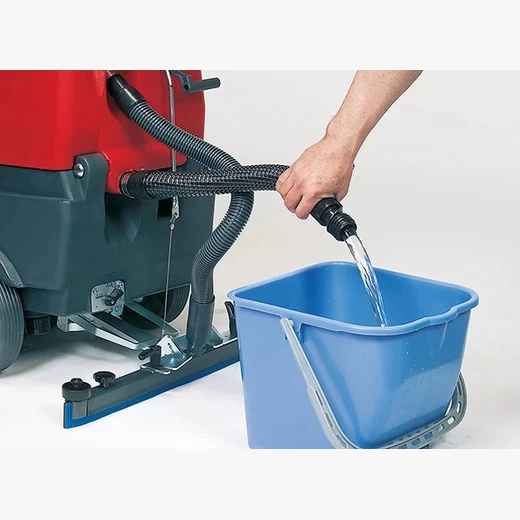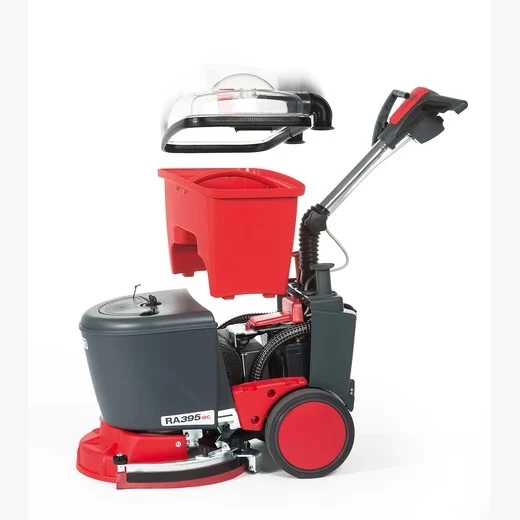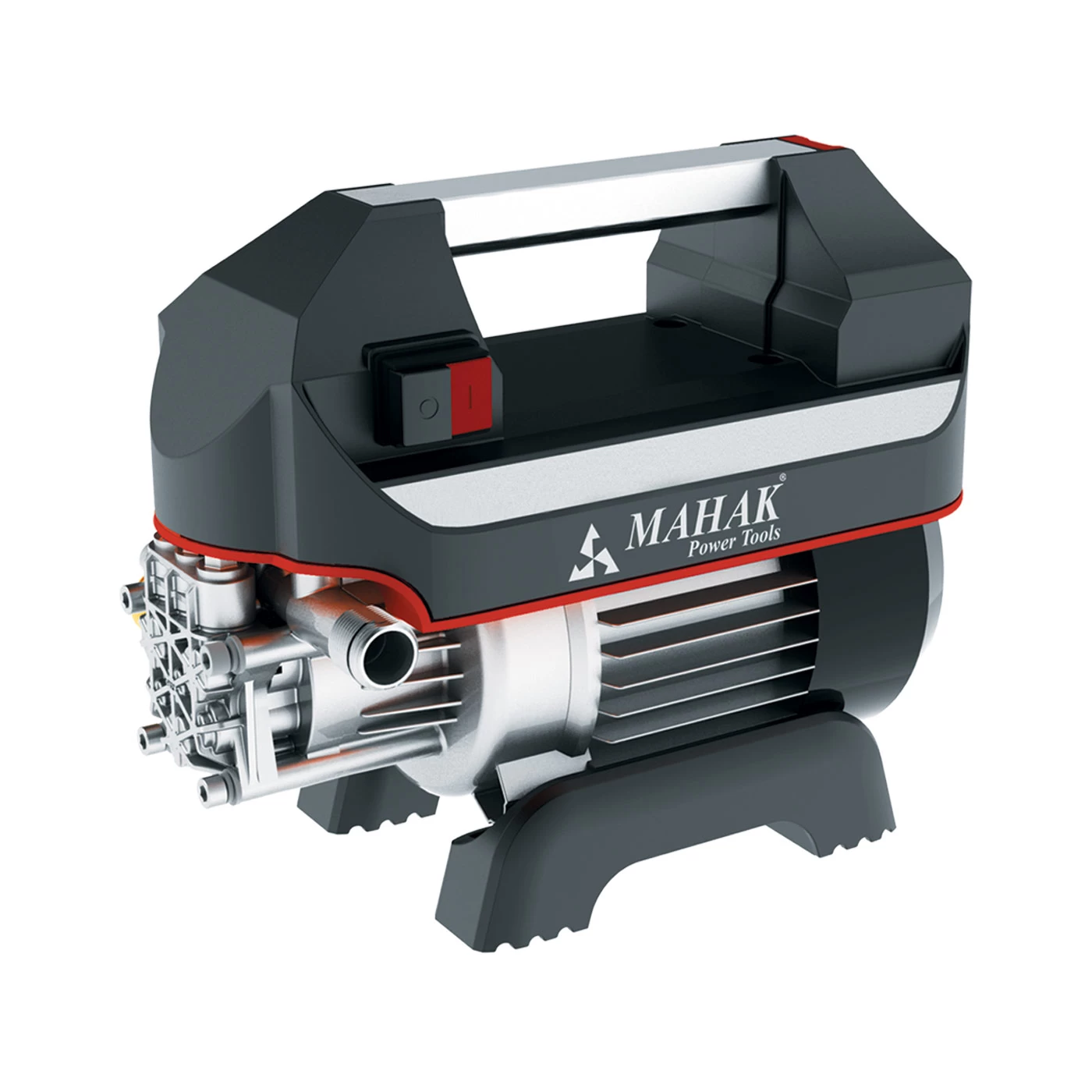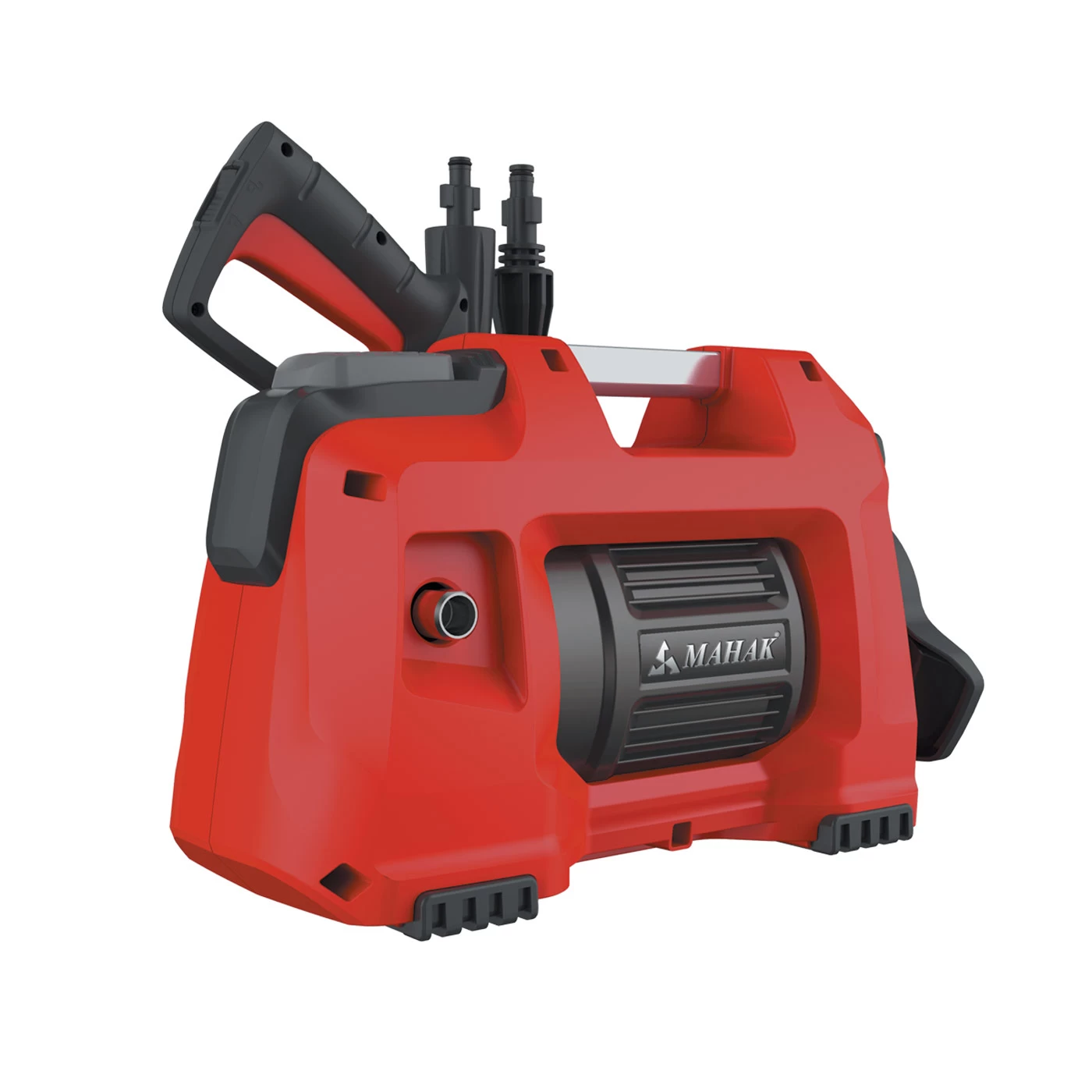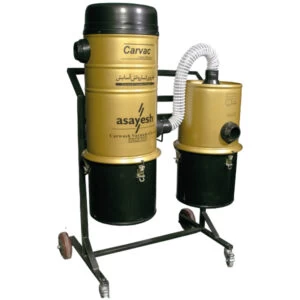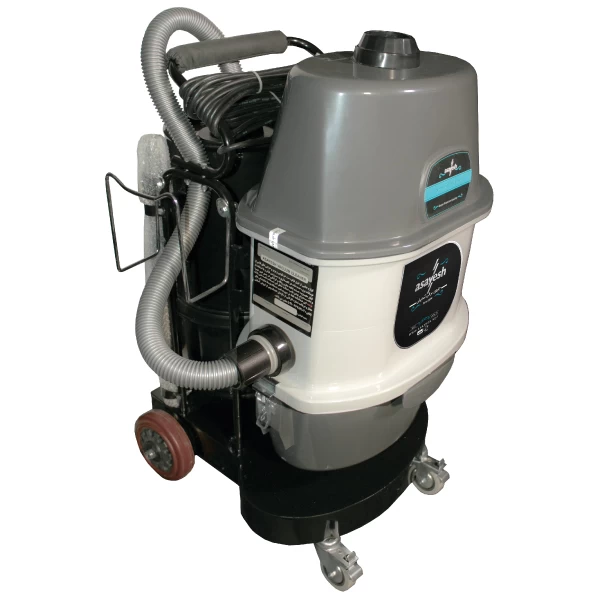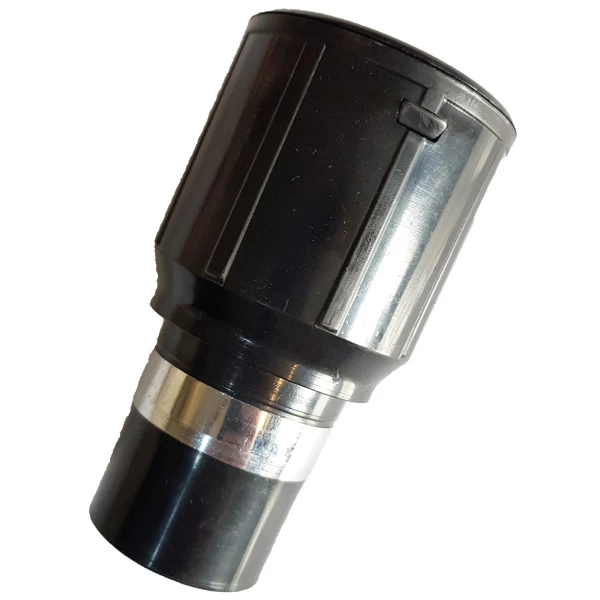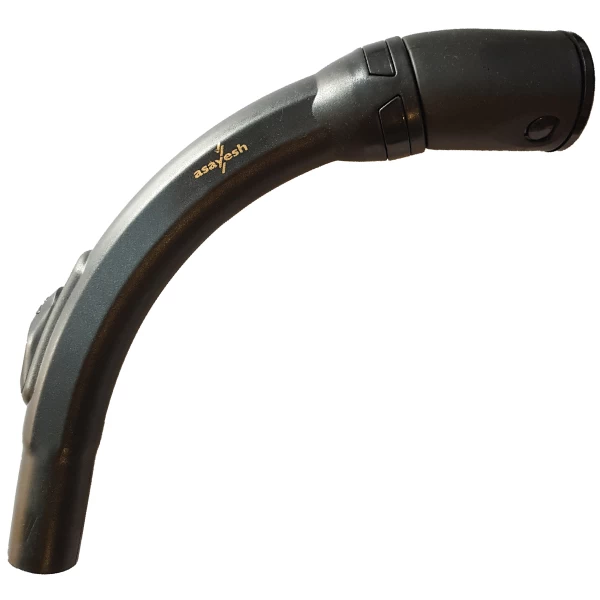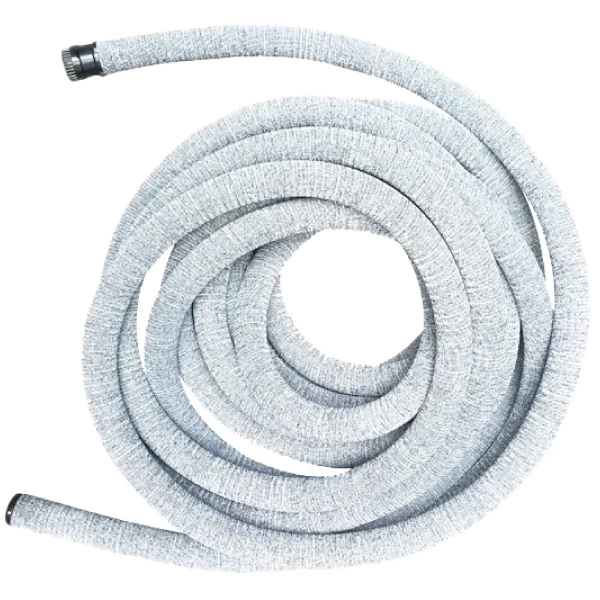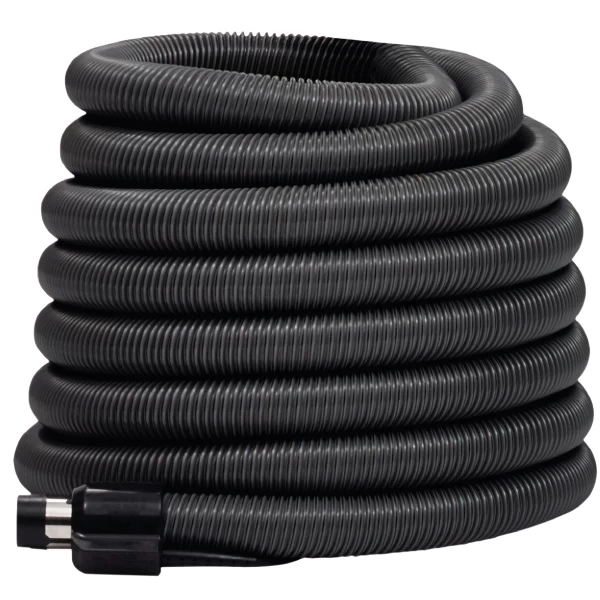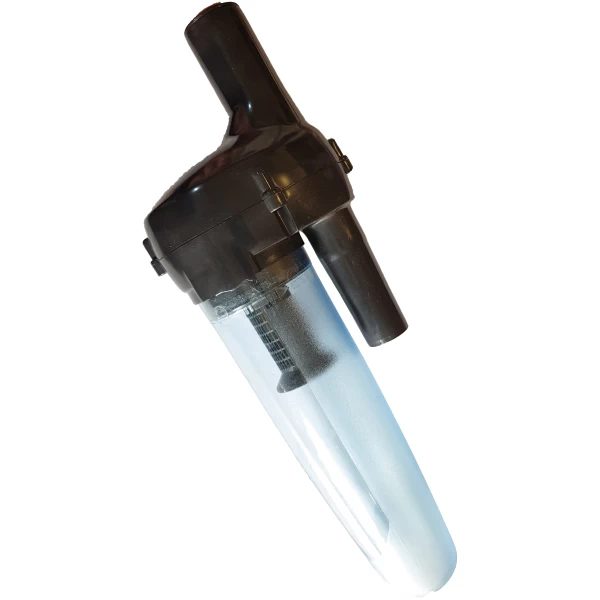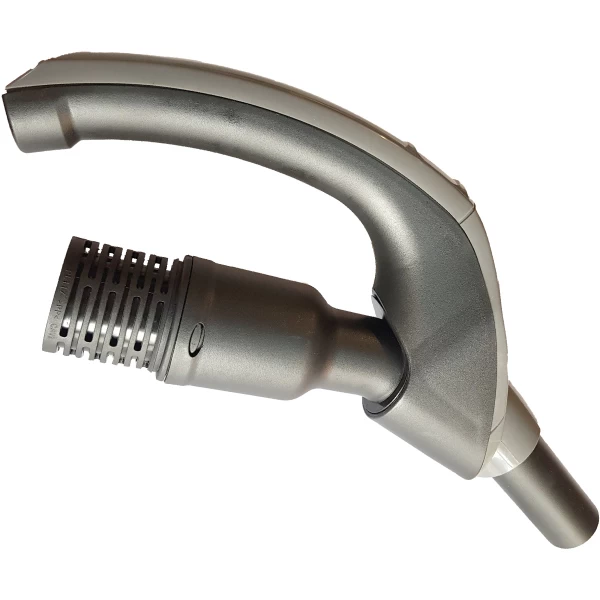Cleaning Equipment
Cleaning equipment refers to a wide range of tools, devices, and machines designed to facilitate and enhance the process of cleaning various surfaces and environments.
These tools are used in residential, commercial, and industrial settings to maintain cleanliness, hygiene, and aesthetic appeal. From basic hand tools to advanced machinery, cleaning equipment plays a crucial role in achieving effective and efficient cleaning results.
Here are some commonly used cleaning equipment and their functions:
1. Brooms and Dustpans: Brooms with stiff bristles are used for sweeping floors, while dustpans are used to collect and dispose of the swept debris. They are simple yet essential tools for maintaining cleanliness in homes, offices, and outdoor areas.
2. Mops and Buckets: Mops, typically made of absorbent materials like cotton or microfiber, are used for wet mopping or damp mopping floors. They are paired with buckets that hold water or cleaning solutions. Mops are available in various designs, including string mops, sponge mops, and flat mops, each suitable for different surfaces and cleaning requirements.
3. Vacuum Cleaners: Vacuum cleaners are powerful machines that use suction to remove dirt, dust, and debris from carpets, upholstery, and floors. They are equipped with different attachments and accessories to clean various surfaces effectively. Vacuum cleaners are available in different types, such as upright, canister, handheld, and robotic, catering to different cleaning needs.
4. Floor Scrubbers: Floor scrubbers are motorized machines designed to scrub and clean hard floors, such as tiles, vinyl, and concrete. They have rotating brushes or pads that agitate the surface and remove dirt and stains. Floor scrubbers are commonly used in large commercial or industrial spaces to achieve thorough and time-efficient cleaning.
5. Pressure Washers: Pressure washers use high-pressure water streams to remove stubborn dirt, grime, mold, and mildew from surfaces like walls, decks, driveways, and vehicles. They are effective for heavy-duty cleaning tasks and are available in electric, gas-powered, and diesel-powered models.
6. Window Cleaning Tools: Window cleaning equipment includes tools like squeegees, window scrubbers, and extension poles. Squeegees are used to remove water and cleaning solutions from windows, while scrubbers help in loosening dirt and grime. Extension poles allow cleaners to reach high windows safely.
7. Cleaning Carts and Trolleys: Cleaning carts and trolleys are used to transport cleaning supplies, tools, and equipment from one area to another. They often feature compartments and shelves to organize different items, making cleaning tasks more efficient and convenient.
8. Steam Cleaners: Steam cleaners utilize high-temperature steam to sanitize and deep clean various surfaces, including floors, upholstery, and appliances. They are effective in killing germs, bacteria, and allergens without the need for harsh chemicals.
9. Cleaning Chemicals and Solutions: While not equipment in themselves, cleaning chemicals and solutions are an integral part of the cleaning process. They include detergents, disinfectants, degreasers, and specialized cleaning agents designed for specific surfaces or purposes. These chemicals are used in conjunction with the cleaning equipment to achieve optimal cleaning results.
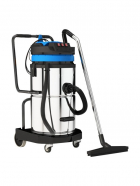
It's important to note that when using cleaning equipment, proper training, safety precautions, and adherence to manufacturer guidelines are essential to ensure efficient and safe cleaning operations.
When using cleaning equipment, it's crucial to prioritize safety to prevent accidents, injuries, and damage. Here are some important safety precautions to keep in mind:
1. Read and Follow Instructions: Always read and understand the manufacturer's instructions and operating manuals for the cleaning equipment before use. Follow the recommended guidelines for assembly, operation, maintenance, and storage.
2. Personal Protective Equipment (PPE): Wear appropriate personal protective equipment, such as gloves, safety goggles, masks, or respirators, depending on the nature of the cleaning task and the equipment being used. PPE helps protect against chemical exposure, flying debris, and other potential hazards.
3. Training and Familiarization: Ensure that operators are properly trained on how to operate the cleaning equipment safely. Familiarize yourself with the equipment's controls, settings, and safety features before use. If you are using specialized or complex machinery, consider receiving formal training or certification.
4. Ventilation: Use cleaning equipment in well-ventilated areas to prevent the buildup of fumes or vapors. If working in enclosed spaces, ensure adequate ventilation systems or use respiratory protection to avoid inhaling hazardous substances.
5. Electrical Safety: For electrical cleaning equipment, check cords, plugs, and sockets for any signs of damage before use. Avoid using equipment with frayed cords or exposed wires. Plug equipment into grounded outlets and avoid overloading electrical circuits.
6. Stability and Balance: Ensure that cleaning equipment, such as ladders, scaffolds, or elevated platforms, are stable and balanced before use. Take precautions to prevent slips, trips, and falls. Use caution when working on uneven or slippery surfaces.
7. Chemical Handling: When using cleaning chemicals or solutions, follow the manufacturer's instructions for proper dilution, handling, and storage. Use chemicals in well-ventilated areas and avoid mixing different chemicals unless instructed to do so. Store chemicals in designated, properly labeled containers away from heat, open flames, or incompatible substances.
8. Machine Guards and Safety Features: Check that cleaning equipment is equipped with appropriate guards, shields, or safety features to prevent accidental contact with moving parts or exposure to hazards. Do not remove or disable safety devices.
9. Emergency Preparedness: Familiarize yourself with the location and proper use of emergency shutdown switches, fire extinguishers, or emergency exits in case of an accident or equipment malfunction.
10. Maintenance and Inspections: Regularly inspect cleaning equipment for any signs of damage, wear, or malfunction. Follow the recommended maintenance schedule and perform necessary repairs or servicing as required. Do not use faulty or malfunctioning equipment.

Remember, safety should always be a priority when using cleaning equipment. By following these precautions and using common sense, you can minimize risks and ensure a safe and effective cleaning process.


FAQs
What are the key safety precautions to consider when using cleaning equipment?
Wear appropriate PPE, follow manufacturer instructions, ensure proper ventilation, and maintain equipment stability.
What are some common types of cleaning equipment used for floor maintenance?
Mops, brooms, vacuum cleaners, and floor scrubbers.
How do pressure washers differ from other cleaning equipment in terms of their functionality and applications?
Pressure washers use high-pressure water streams to remove dirt and grime from surfaces, making them highly effective for outdoor cleaning tasks such as driveways, decks, and vehicles.
What are the essential factors to consider when selecting cleaning equipment for commercial or industrial cleaning tasks?
Consider factors such as cleaning requirements, surface type, size of the area, efficiency, durability, and safety features.
 +7929688-88-14
+7929688-88-14

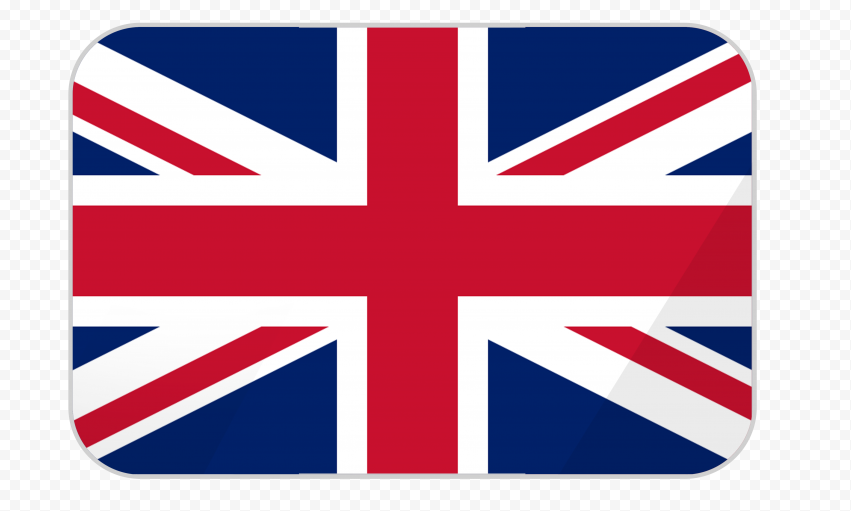 English
English
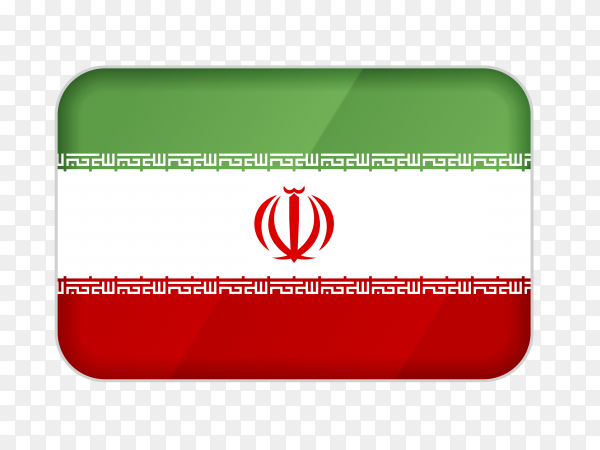 Persian
Persian
 Russian
Russian
 Chinese
Chinese


 +7929688-88-14
+7929688-88-14

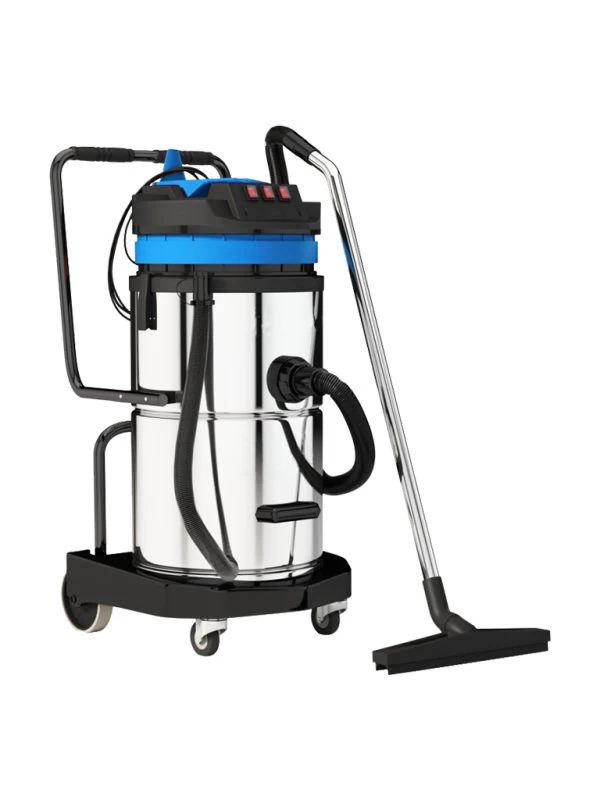
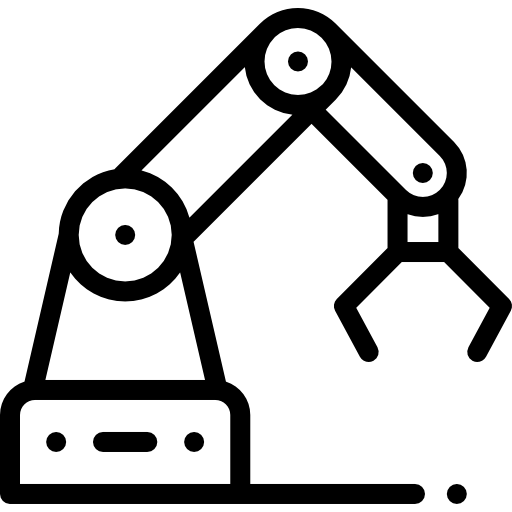
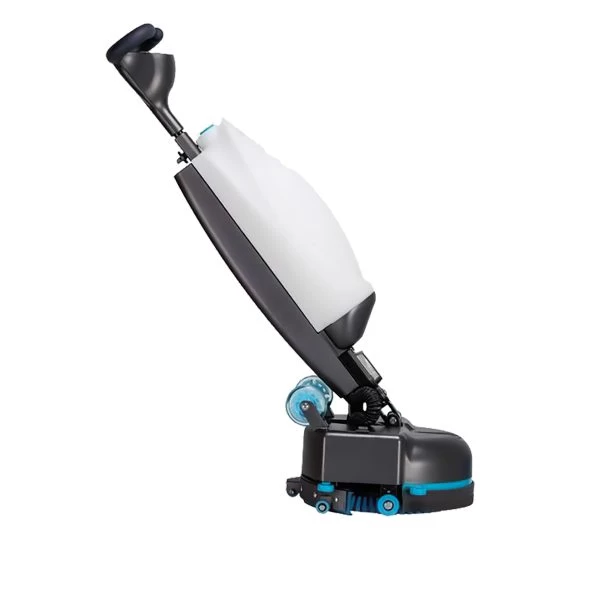
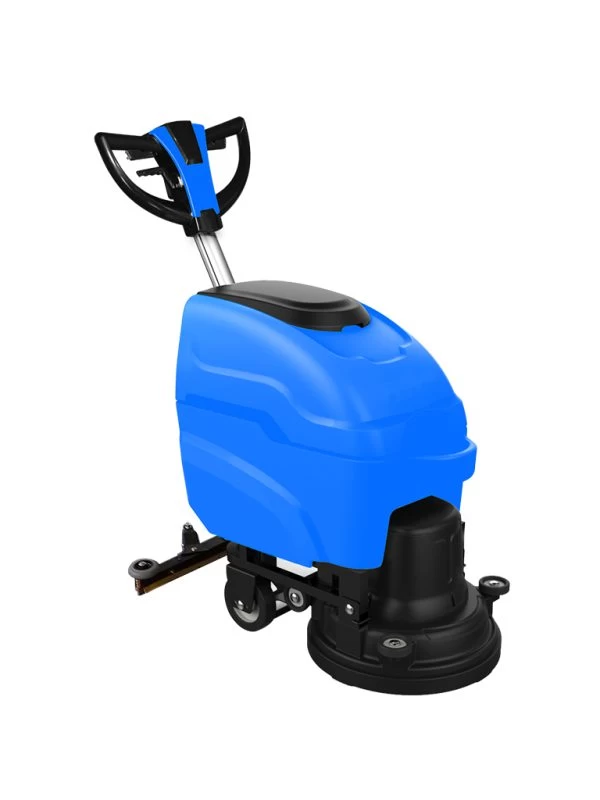
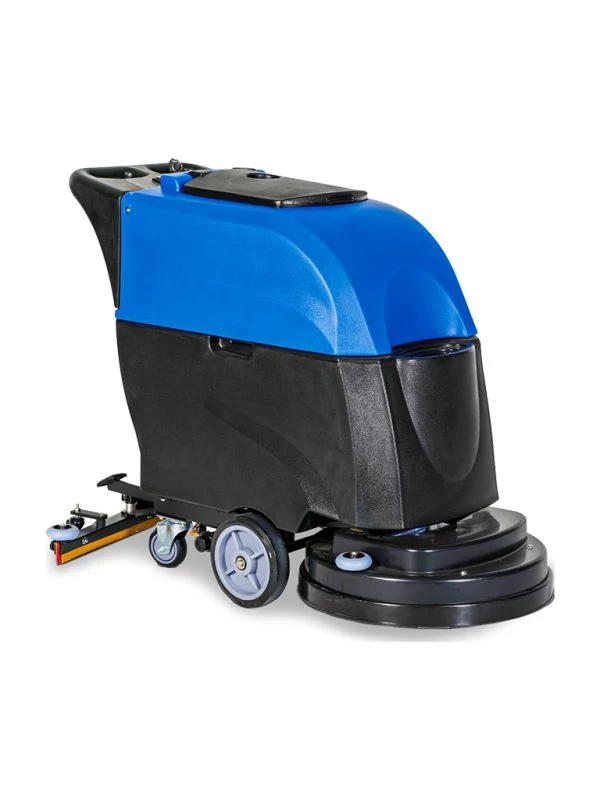
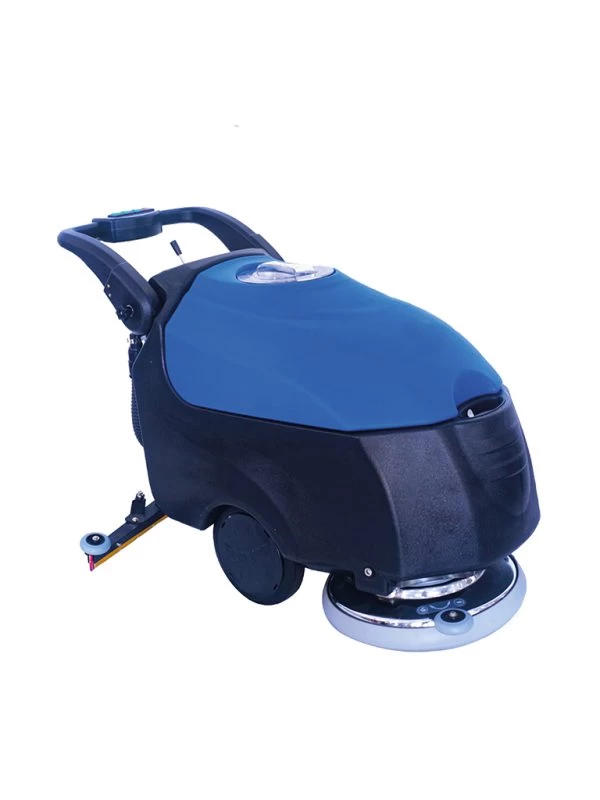
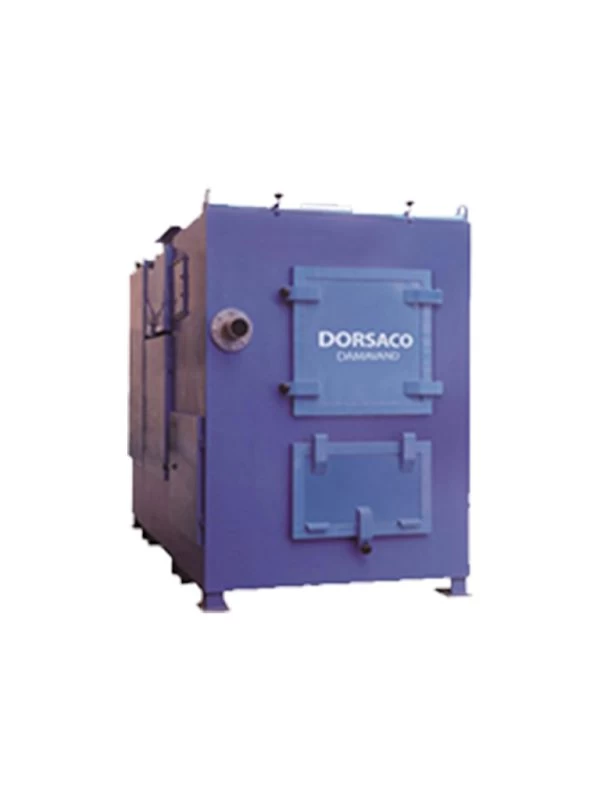
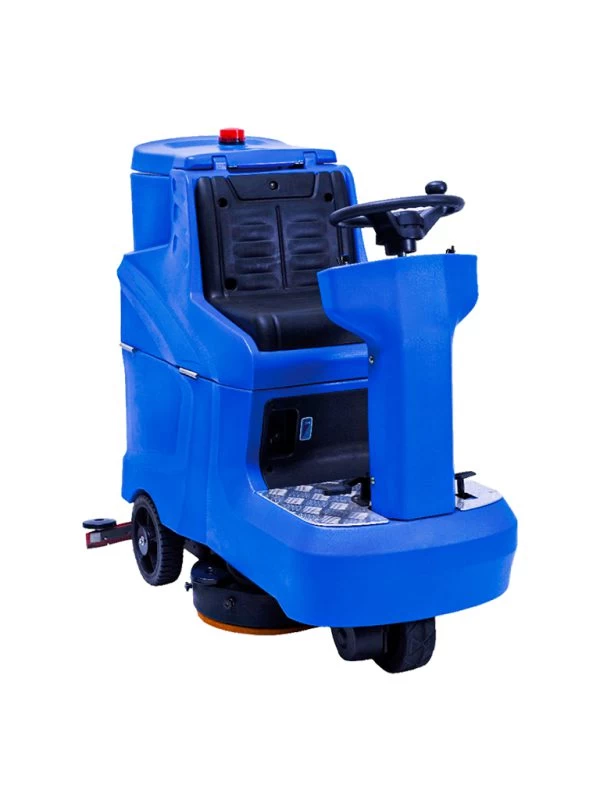
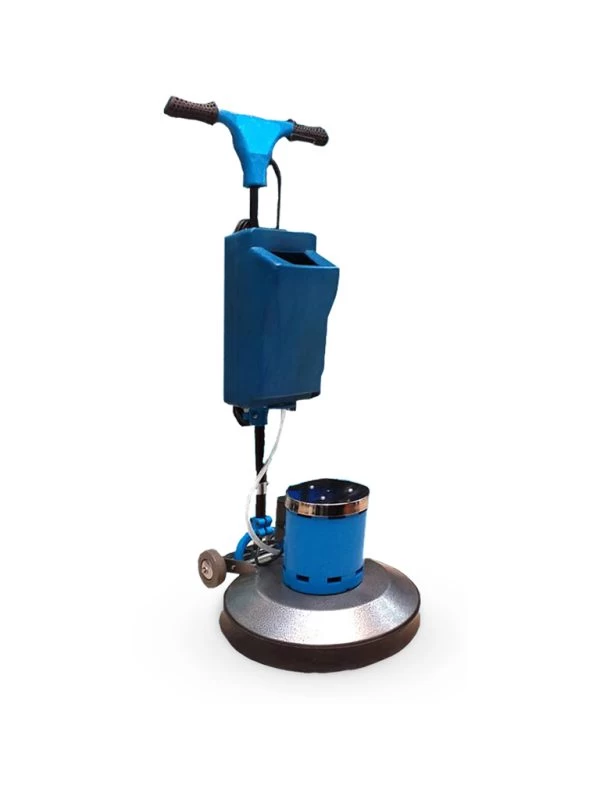
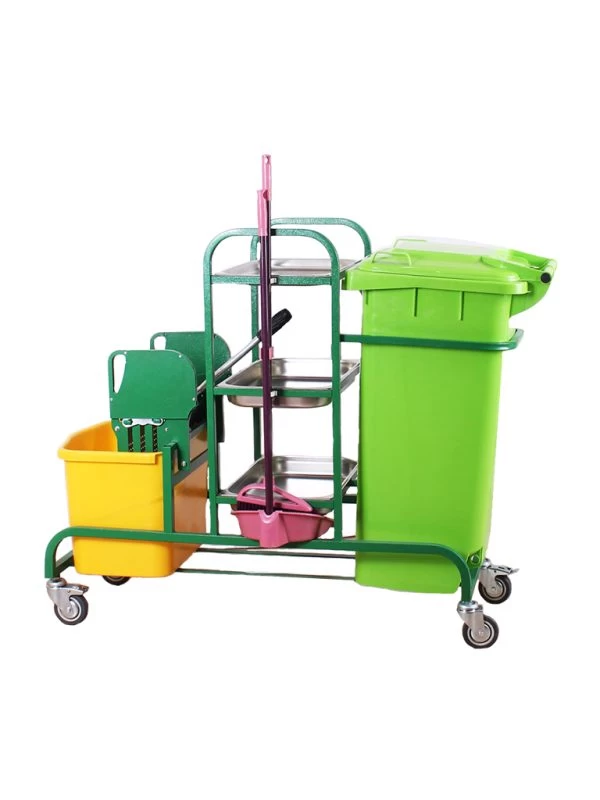
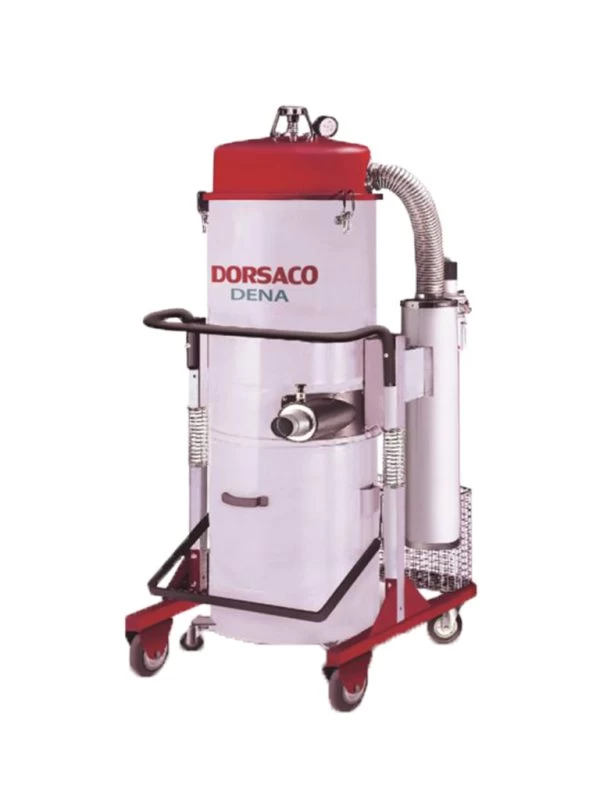
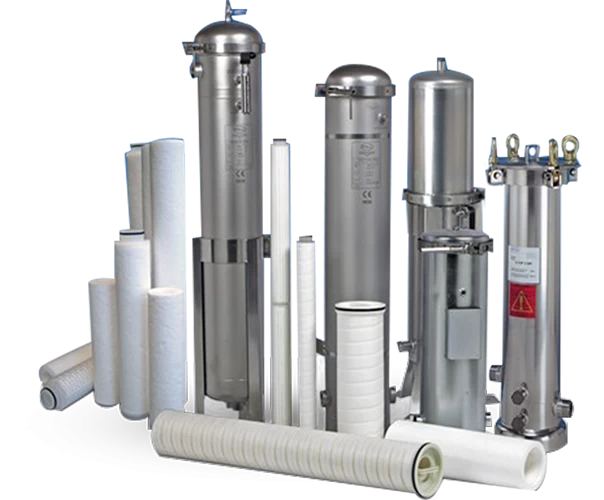
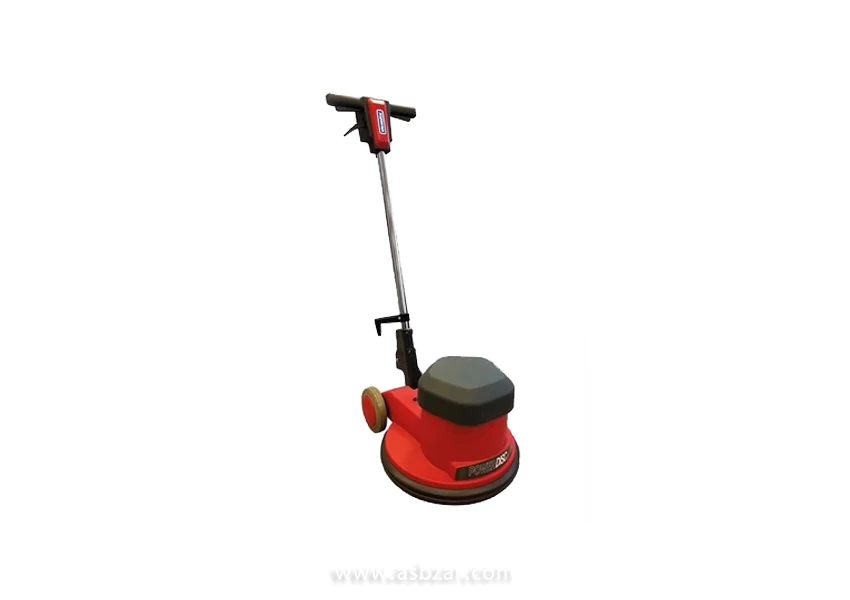
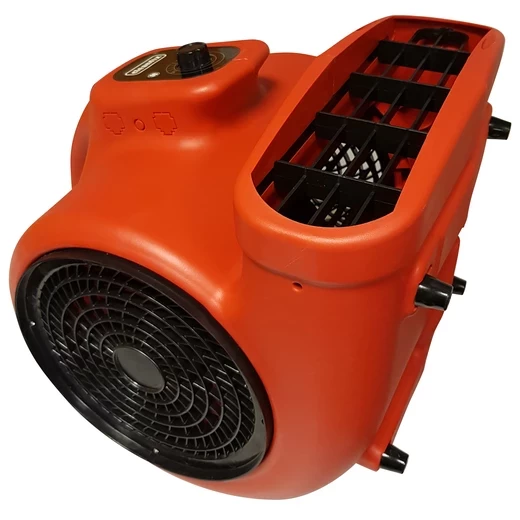
.webp)
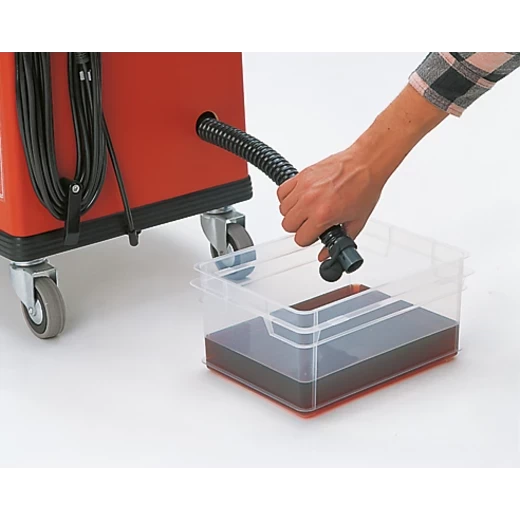
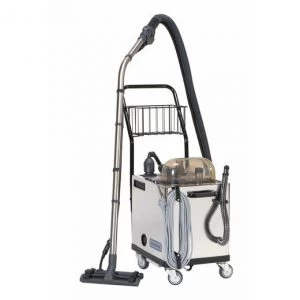
.webp)
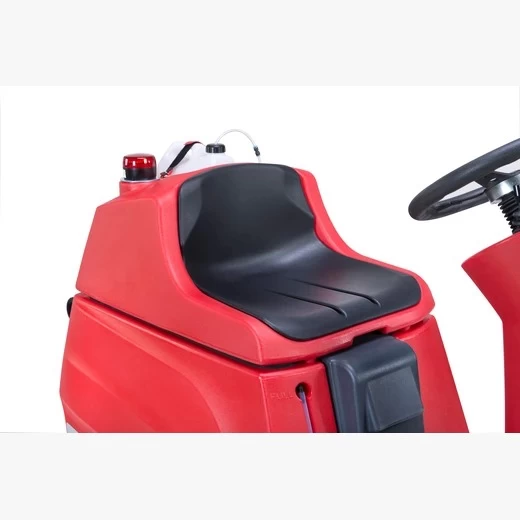
.webp)
